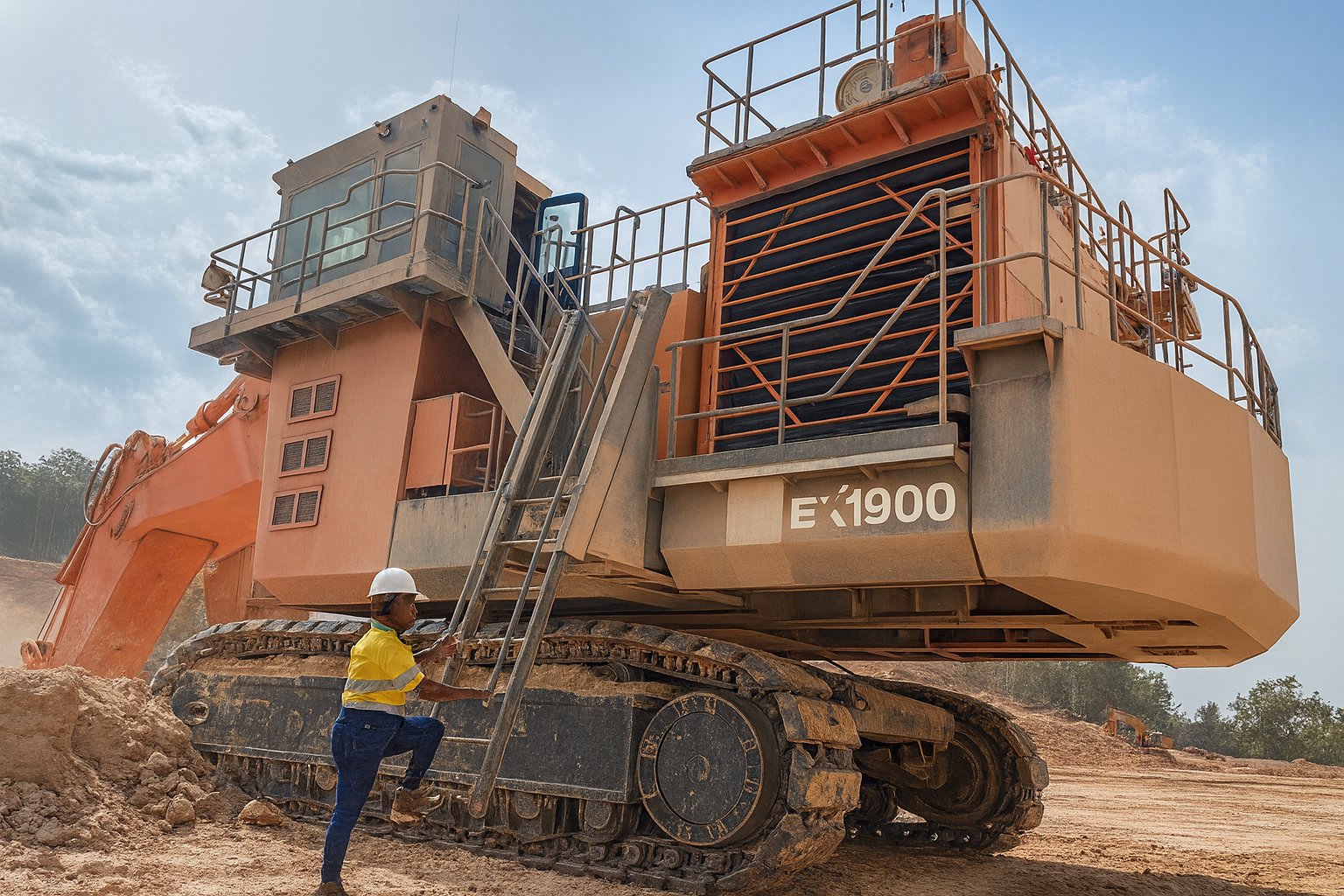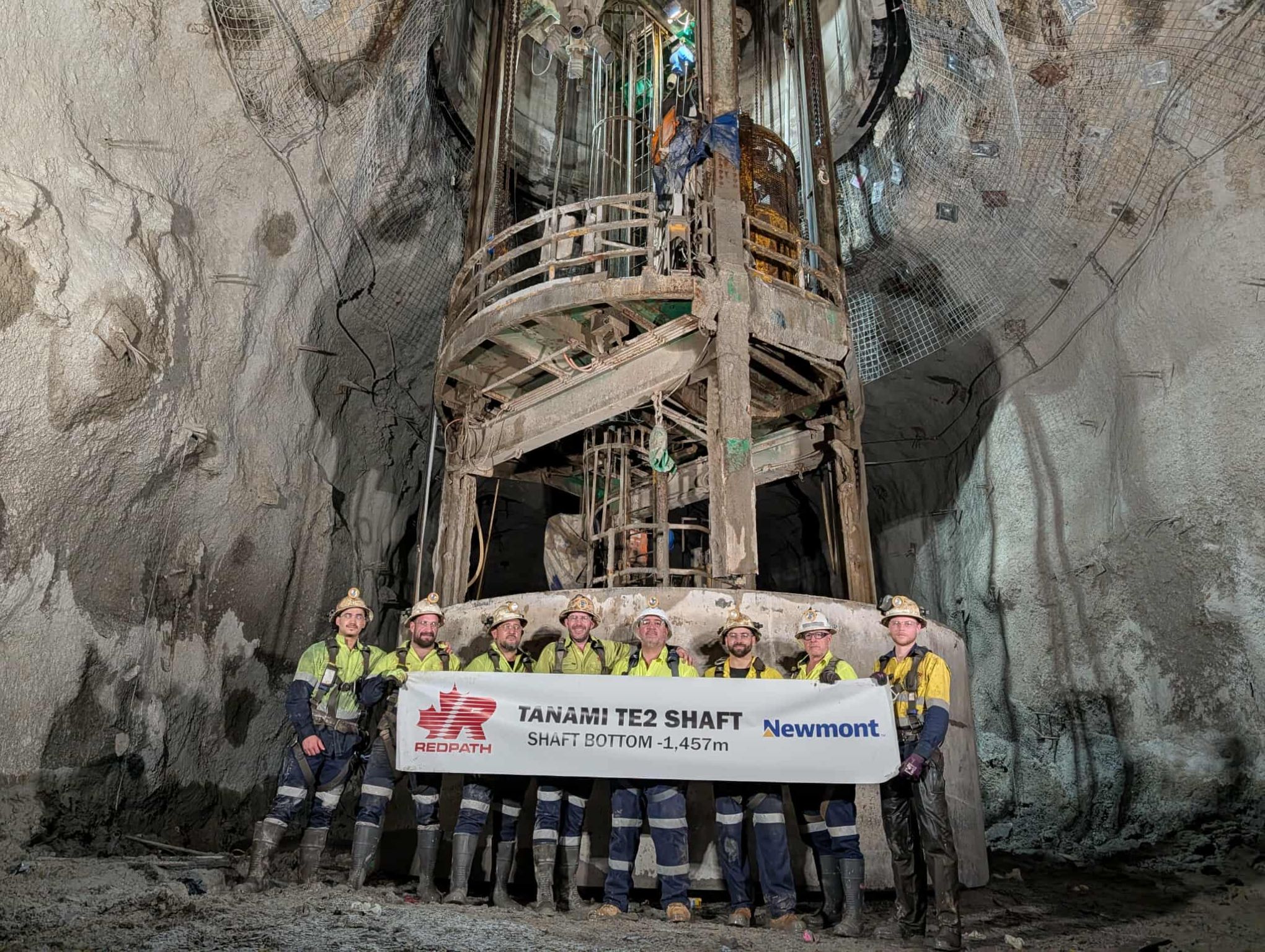
One of the issues which has compounded the cold European winters over the past two decades has been that of energy security. Most countries in Europe are dependent to a large extent, or in the case of Cyprus - almost completely - dependent on less than two sources of energy, making them vulnerable to shortages when complications arise.
The good news for those countries then, is that Europe is on the dawn of a new era of energy security. The arrival of the Trans-Anatolian Natural Gas Pipeline (often referred to as TANAP), a 1,841km pipeline carrying gas from Azerbaijan through Turkey and on to Europe, redefines the energy landscape for European citizens, as well as generating a new demand for Azerbaijan’s most valuable natural resource.
At the end of April 2018, General Manager for the TANAP project, Saltuk Düzyol, declared that the project was nearly 94% finished, and that the valve would be opened on June 30 to start the commercial gas flow - an historic moment for Europe and Azerbaijan. What better time than to look more closely at the project and the effect it promises to have in these regions.
More than a gas pipeline: A symbiotic relationship
It’s nearly seven years since the TANAP project was announced at the 3rd Black Sea Energy and Economic Forum, in November 2011. While European leaders inevitably claimed some of the credit for putting the pipeline firmly on the regional agenda, most of the praise was deservedly taken by the leaders of Azerbaijan and Turkey, who co-invested in the project.
At a cost of somewhere around US$11 billion, the project wasn’t a small undertaking. In 2011, the effects of the global financial crisis were still being felt everywhere, and project finance wasn’t easy to come by. By that token, the project received a US$800 million commitment for funds from the International Bank for Reconstruction and Development, which was pivotal.
Construction began in 2015, and over the course of the past 3 years, the construction team put together by the project partners SOCAR, BOTAŞ and BP has negotiated some of the most challenging terrain of any gas pipeline currently in existence. For example, at some points, the pipeline reaches 2,700 metres above sea level. Its lowest point? 820 metres below sea level.
When finished in June 2018, the TANAP project will represent more than just a pipeline. It will represent a new symbiotic relationship between east and west. The largest trade between Azerbaijan and the EU was just over €15 billion in 2011 - the year when BP made its investment in the project - and this is likely to be dwarfed in the years ahead as the gas begins flowing.
Two studies conducted by Turkish academics have also shown that, under most predictable circumstances, gas prices will fall and industrial production will rise in Turkey as a direct consequence of the line. When taken in conjunction with the difference it will make to energy security in Europe, one can begin to understand the importance of the TANAP project to two separate continents.
Impact from starting point to end point
In total, it is estimated that the construction of TANAP employed more than 15,000 people across the 35 working sites and eight compressor stations along the route of the piping. A mark of the dedication to safety accorded to each and every one of the workers was that, despite the challenges presented at each of its four phases, no serious injuries were reported in 3 years.
On the environmental side, ecology, archaeology, soil and water resources were all carefully monitored at every phase of construction. This ongoing research also yielded 9 fauna species, 1 flora species and 106 archaeological sites which were previously largely unknown to the scientific and archaeological communities.
Finally, with the project reaching its closing stage, everyone along the route that needed to be relocated has been successfully located and broadly speaking, the process has run smoothly. This is largely thanks to a resettlement action plan which the project managers put in place, working closely with the World Bank to minimize the impact on residents along the route.
Partners and Suppliers
The gargantuan and unprecedented effort required to bring TANAP to this late stage of its development has brought two governments, a trading bloc (in the form of the EU) an international development bank, three investment partners and hundreds of individual partners and suppliers working together for a truly international project.
As one might expect, the majority of these firms are from an infrastructure, engineering and construction background and include Euro Pipeline Equipment Spa of Italy, Ajashy Engineering of India, KORTEK Corrosion Technologies of Turkey and CRC Evans Onshore, a Texas -based piping construction firm, bringing extensive experience in the US oil and gas industry.
There has been a strong Italian element to the construction phase, which is suitable given that Italy stands to be one of the chief beneficiaries of the soon-to-be finished TANAP Project. Among the Italian firms, IML Impianti S.r.l, Valvitalia and TESMEC all played important roles in bringing the project to fruition.
Last but not least, networking, technical and other services were primarily provided by Emerson Network Power, ABB Elektrik Sanayi A.S and Treysan Containerized and Prefabricated Buildings.
Energy security arrives for Europe
Perhaps because of its general lack of visibility (in itself, a huge plus of the project), TANAP doesn’t receive the publicity that an infrastructure project like a bridge might receive. But TANAP is a bridge of a different kind - bridging two continents and cultures, bridging huge energy supply with huge energy demand, and bridging Europe and energy security.
Combined with the Trans Adriatic Pipeline (TAP), with which it will join together, TANAP will make a huge difference to several countries over the coming decades. Although it will largely go unmentioned in the media, and most people won’t have heard of it, it could claim to be one of the most important investments for Europe in a long, long time.
DOWNLOAD
 TANAP- Brochure- EME- BE.PDF
TANAP- Brochure- EME- BE.PDF














